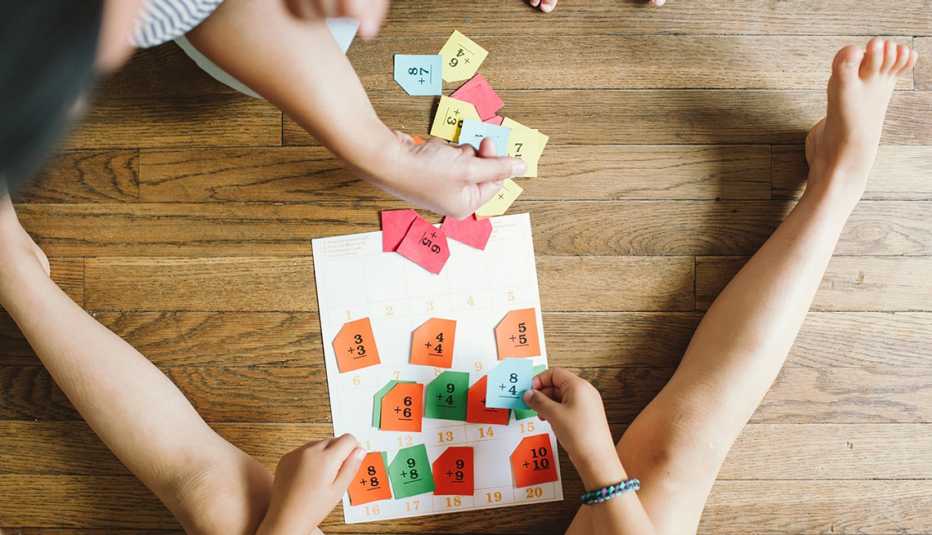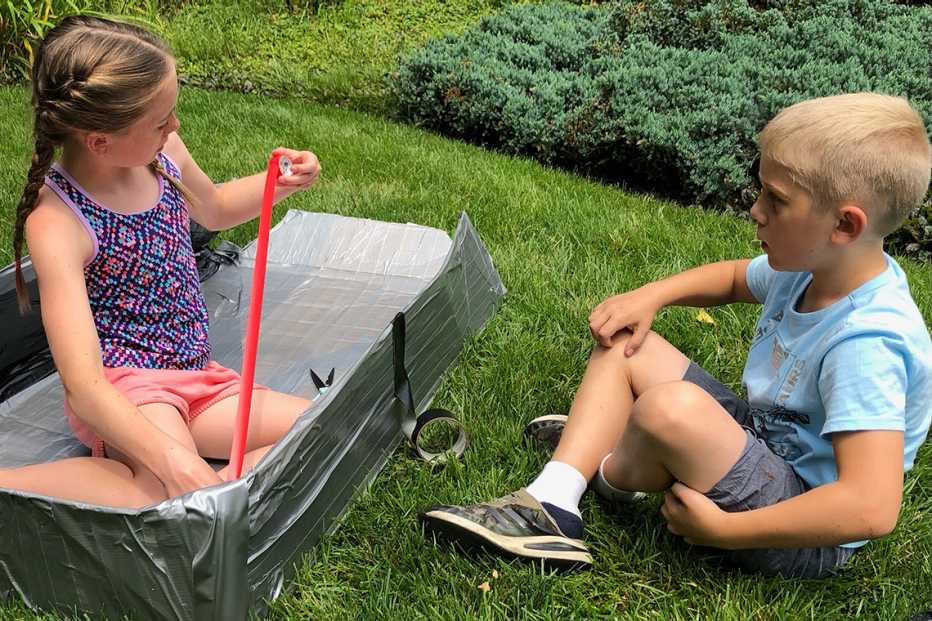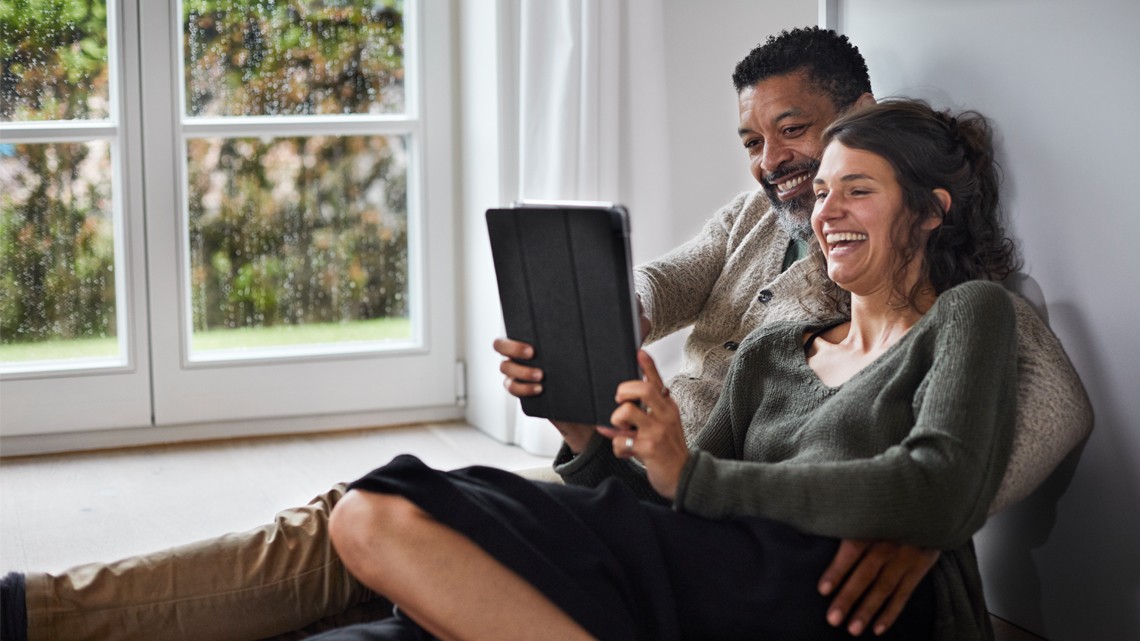Staying Fit


Parents of America’s school-age children got a taste for teaching during the pandemic, and they discovered it isn’t easy. Despite teachers’ efforts to create engaging virtual classes, they saw their bored, distracted or disinterested children struggle to sit through Zoom classes. The steep drop in outcomes measured by post-pandemic testing was no surprise.
Millions of frustrated parents decided that rather than return their kids to the classroom, they were going to give teaching a shot on their own. Bolstered by a strong record of positive outcomes, the number of homeschooled children jumped to 3.7 million in 2022 compared to 2.5 million in 2019, according to the National Council on Education Statistics.


AARP Membership— $12 for your first year when you sign up for Automatic Renewal
Get instant access to members-only products and hundreds of discounts, a free second membership, and a subscription to AARP the Magazine.
But as many have learned, it takes more than a teaching certificate and knowing how to motivate children to navigate homeschooling’s unfamiliar challenges.
Here are five of the unexpected obstacles you rarely hear about:
1. Launching can be a lot.
Virtual learning left Ashley Austrew’s children floundering. Although nervous, she made the leap to homeschooling. Initially, she was overwhelmed at the time it took to create her own systems, even though her job gives her flexibility. “Homeschooling takes a ton of time. If I had a 9-to-5 job, I don’t think could pull this off.”
She says she doesn’t just oversee the kids’ activities; she must create them. “I devote a lot of time to planning because no one is planning for me! And I have to make sure I’m meeting state guidelines.”


Meghan Gretton (not her real name) homeschooled two of her five children. Before starting, she spoke to veteran homeschoolers; one common refrain was the amount of time people committed to the process. To succeed, parents must be all-in.



































































More From AARP
9 Classic Books to Share With Your Grandkids
A classic can transport us to an unfamiliar world while assuring us that we are not alone in the way we experience the world
Proud to Be an American
What singer/songwriter Lee Greenwood has to say about his beloved classic
First Comes Love, Then Comes Marriage
Young people may pooh-pooh marriage, but its benefits can’t be denied